I have a yellow climber that I cannot identify. It is not Golden Showers or High Noon- as I have both.
I’m sure it was introduced before 1950.
Mainly smooth stems and a once bloomer (may have a small scattered amount of rebloom). Personally I suspect it could be a Brownell rose. I have searched Helpmefind up and down and inquired on Hortiplex without any luck.
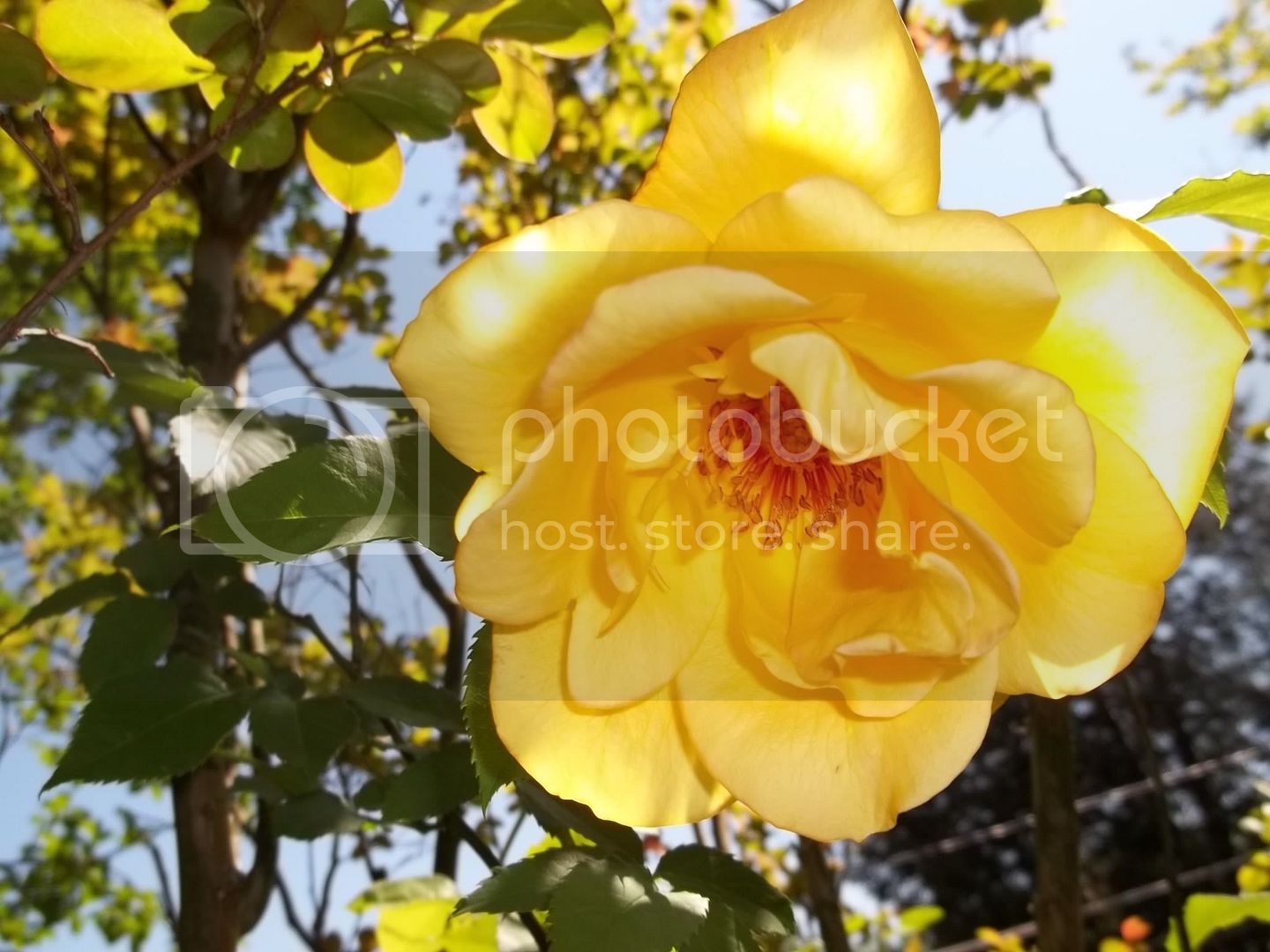

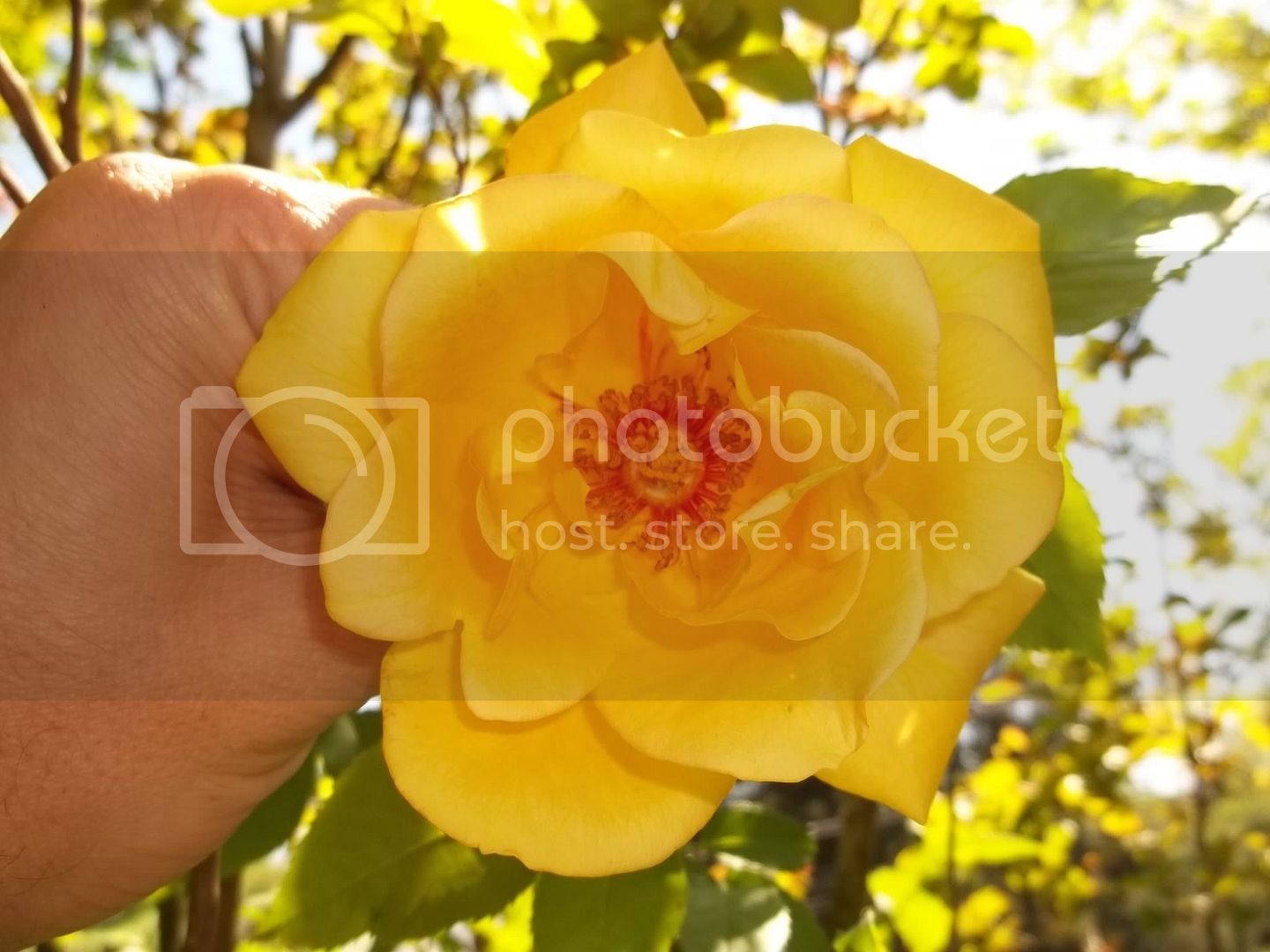
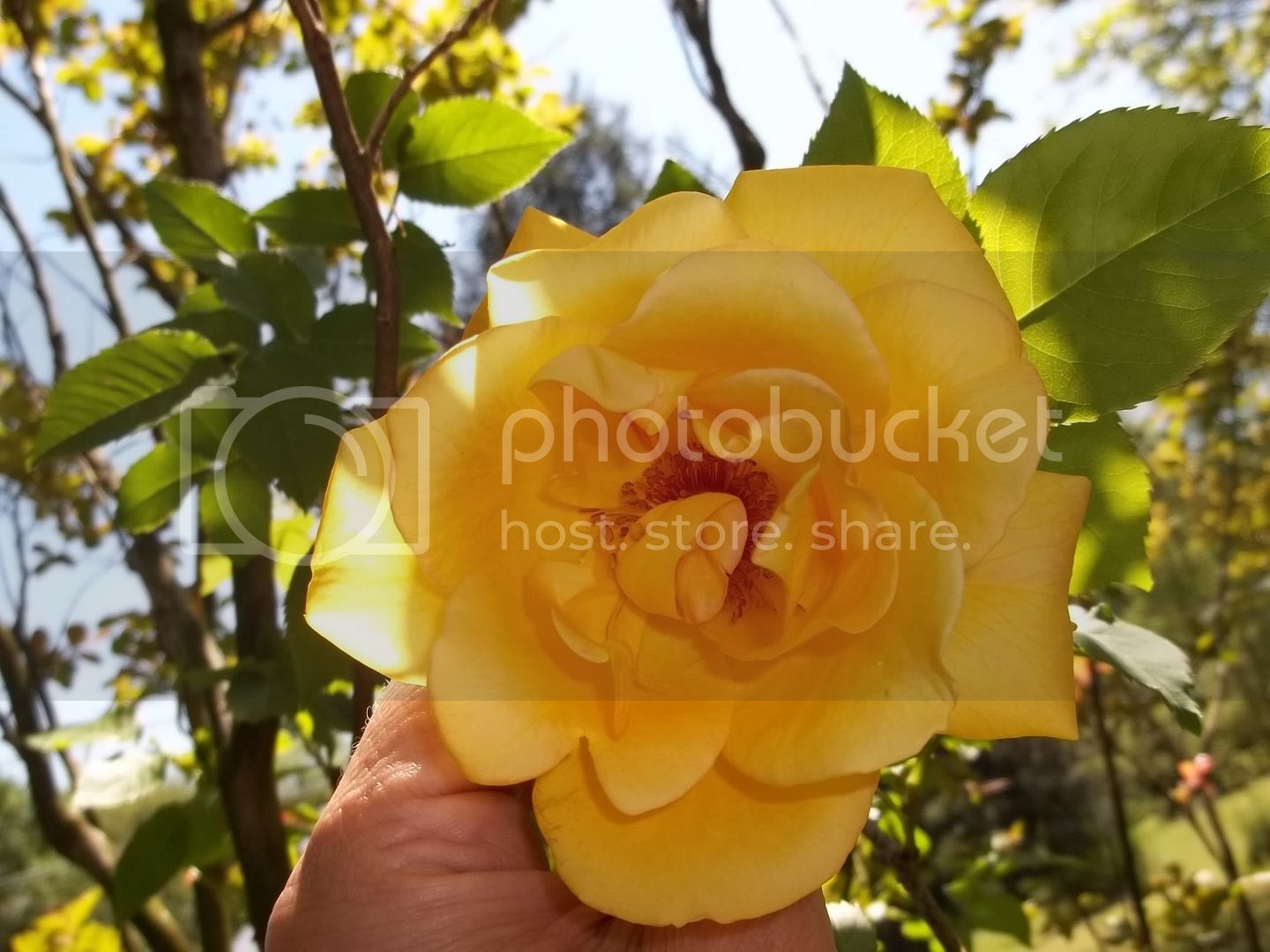
Foliage shot
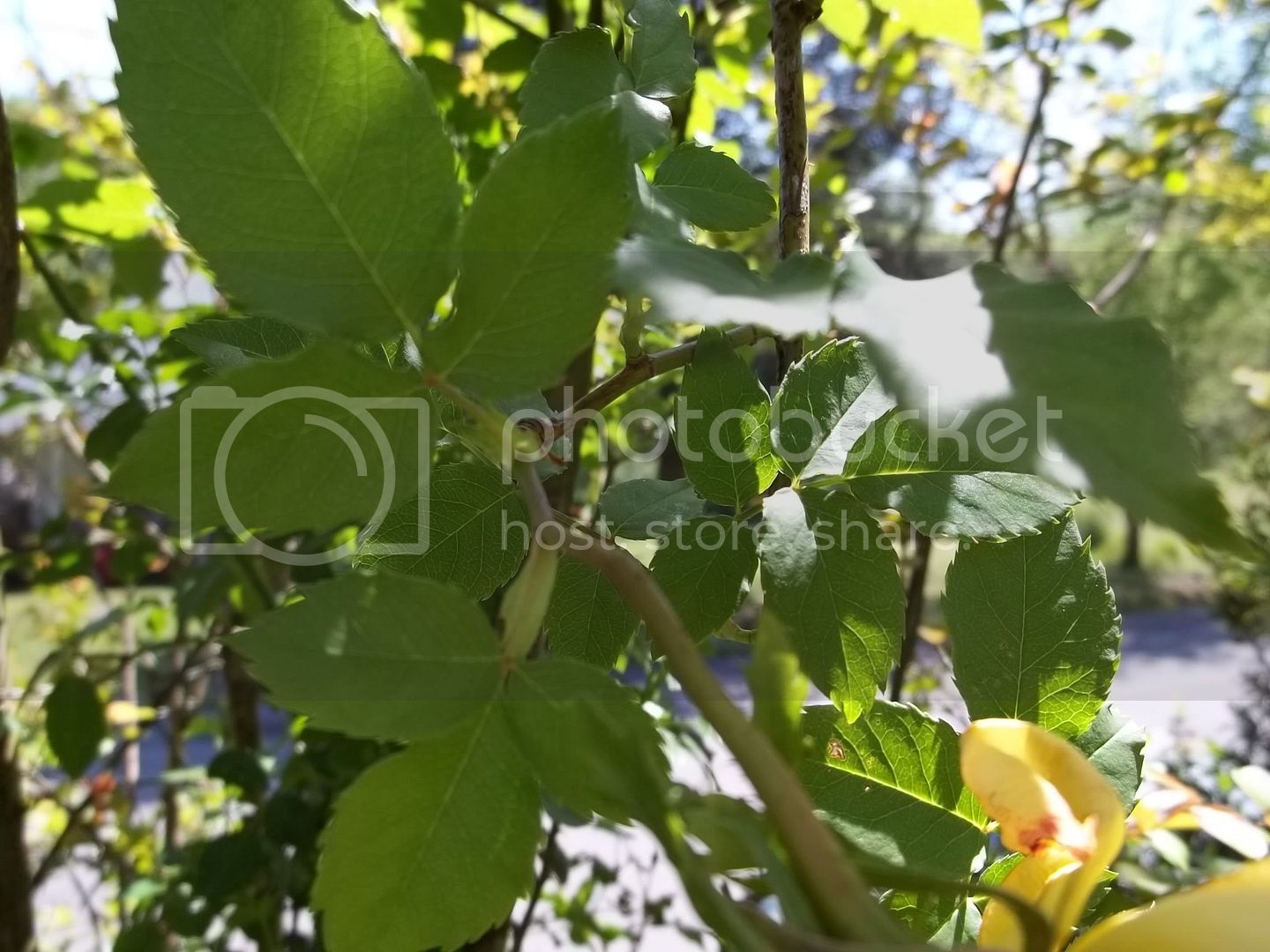
Any ideas on a possible ID? It would be nice to know because I used it last year and have seedlings from it this year.
Jon you may have done this
Go into HMF advanced search
class - climber
colour- yellow
origin- before 1950
I was not aware of this fuction and used to scroll down vast number of pages looking for stuff.
A possibility includes it being a climbing sport of something like Lowell Thomas for instance, where you don’t usually think or know of the climbing form. (I picked that name for the color, not whether there even exists a climber) When you say a scattering of later flowers, are those at the end of long canes, or on small secondaries?
How tall does it grow? How winter hardy is it? What is the bud form? Is it really a golden yellow as it seems, with maybe a hint of red here and there?
I don’t think the Brownells had very many yellows with large flowers like that prior to 1950.
Golden Arctic, at least in my climate is rather double and quartered and had fair number of large prickles.
V for Victory is more shrub-like than climber in my experience.
How did you pick the cut-off date? Do you feel fairly sure of that?
small secondaries- old wood.
The first year the clipping I took grew a 14’ cane. Hasn’t really grown much since (well last year- but it also had to support a LOT of seed bearing hips)… I also think it is building a root system in preparation of growing even larger because we’ve had some bad summer droughts lately.
bud form
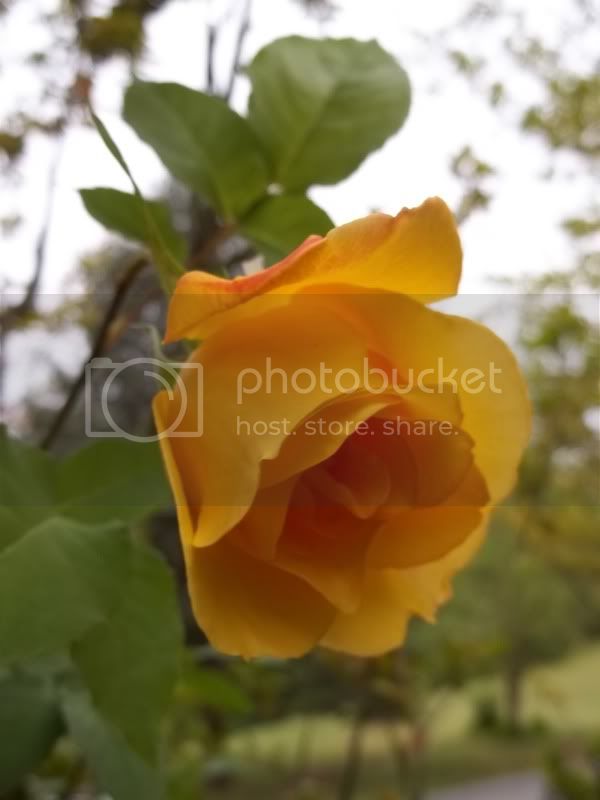
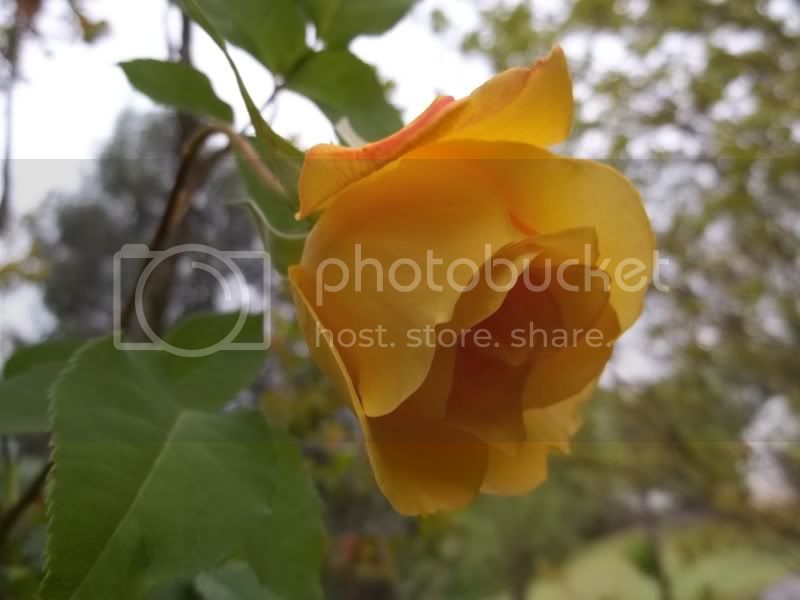
it does fade to this
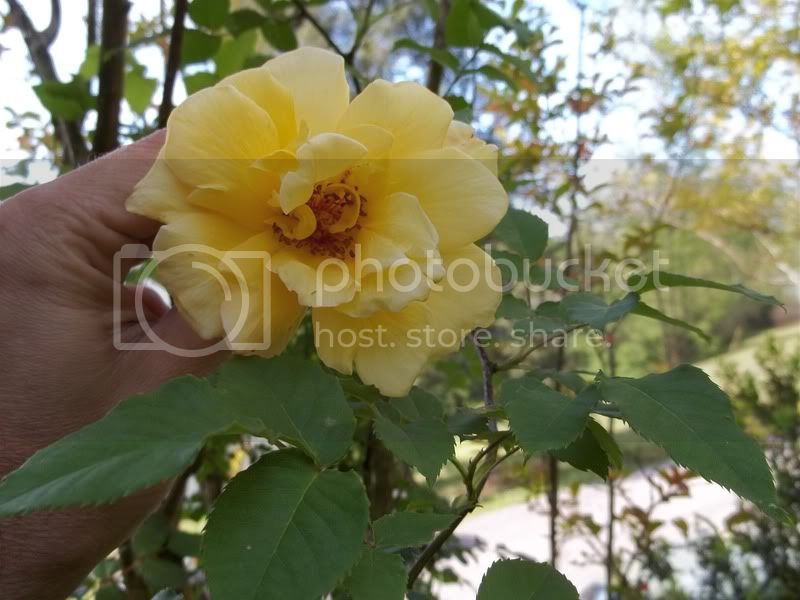
the old guy from whom I took the clipping was about 80. He said it was his moms and it was about 60 years old (which looks about the age of his plant… his is massive and puts out a tremendous display). He didn’t know the name.
Jon,
Take a look a ‘Mrs. Arthur Curtis James.’ It is a once-bloomer yellow climber from Brownell.
Andy
Link: www.helpmefind.com/rose/l.php?l=21.24185
Jon,
Have you checked Lady Hillingdon-it is saffron yellow with a decided apricot hue, but can be quite yellow-gold in some soils. It is a pretty good repeat bloom but if yours is young and getting established? It is old, unmistakeably a Tea, with a similar bud/flower form and has a climbing sport. New growth is really red. Probably not the hardiest specimen when it comes to cold and it will fade in full out hot sun.
Link: www.helpmefind.com/rose/l.php?l=21.102692
I haven’t grown any of the Brownell’s, and this doesn’t look like any Hillingdon I’ve ever encountered. The foliage is too light in color and texture and Hillingdon’s new growth is very bronze-cranberry. Plus, her flowers are far more apricot until they fade to buff. Kim
Jon I would consider looking at the (Climbing Roselandia) it could be the one.
cheers Warren
A lot of the Pernet types climb regardless if theyre classed as HT’s. Its just their nature.
Warren, from those photos, that looks like a pretty good guess. Kim
Andy’s ‘Mrs. Arthur Curtiss James’ guess looks like the best so far.
‘Mrs. Arthur Curtiss James’ has the red anthers and the right flower and petal shapes, and the leaf shape looks right in the pictures on HMF–although we can’t see whether the leaf has a matte finish. The bud also seems to match both Jon’s pictures of the bud (if the catalog’s picture is right about that–probably the color of the open flowers has a bit of marketing embellishment), and the patent’s description of the bud. And ‘Mrs Arthur Curtiss James’ is from the US and its introduction date fits the reported approximate age of the plant.
Peter
Link: www.helpmefind.com/gardening/l.php?l=2.4300&tab=1
Hi Peter, I think Mrs Arthur Curtiss’s flowers are little to full to be this unknown, have a look at Roselandia, it even has the red anthers
cheers warren
It’s a shame that there aren’t better pictures of the aforementioned roses…
It’s possible that I haven’t reached a full 18 petals because my cutting is only three years old (they could have been a tad too optimistic as well). I dunno.
Jon,
When I first saw your picture, I was immediately reminded of one of Brownell’s roses (Everblooming Pillar 124). 124 has many viscous thorns and repeats extremely well. Because of this, and the fact that 124 was never officially introduced, it can be ruled out as the rose you have. I’ve raised some O.P. seedlings from 124, and they look a lot like your rose. I don’t grow Mrs. Arthur Curtiss James aka ‘Golden Climber,’ but I think there’s a picture of it in full bloom in the 2008 ARS Annual along with the story by Dorrie Nichols??? I know I’ve seen it somewhere?? Also, if you look at the pictures on HMF, both of the Brownell roses have different numbers of petals for the same plant (even in the same picture). This has been my experience growing 124 and Golden Arctic. Your pictures also appear to have the roses above the camera, and you are looking up at the blooms.
The following is a description from Roselandia from The Rose Annual 1926 about Roselandia: “The blooms, which are freely produced on long stiff stems, are of a good shape, but somewhat thin. The colour is an orange yellow that lasts well, even when the blooms are fully expanded. Sweetly fragrant.” If you look at the pictures of it, the blooms appear to be of exhibition-style when opening (both Roselandia and Golden Ophelia), and under the description of the rose is listed “Blooms in flushes throughout the season.” The pictures all appear to be taken from above the rose and looking downward on the blooms.
I wouldn’t let it bother you either way. If you find a rose that is working in your hybridizing efforts, use it. It doesn’t matter if you know what it is or not. If it gives you the traits you are looking for, you’re a lot better off than using roses that don’t pass on the traits you are after. Just my 2 cents worth on using unknown roses.
Andy
Link: www.helpmefind.com/rose/l.php?l=2.63903.0&tab=1
Warren,
I dismissed Roselandia from consideration because it repeats. Also, as a close descendant of Ophelia and Mrs Aaron Ward it’s likely to have stiff canes and to be well armed with prickles–and the color seems a bit too orangey. So, yes, it does have the red stamens and anthers, but other features don’t match.
Otherwise, the Everblooming Pillar 124 Andy mentions repeats and has lots of prickles, both of which conflict with Jon’s description, as Andy notes, but I can see some resemblance between that and Mrs Arthur Curtiss James, and would not be surprised if the Mrs A C James were a parent of EP 124.
The number of petals is often given a marketing boost in the descriptions of roses when they’re introduced, especially if the rose is a bit short of petals. Similarly, the colors and fragrance are often intensified in catalog prose.
The picture submitted for the patent of Mrs AC James is linked below. It is on the left side, about halfway down the page. This picture appears on p. 26 in the 2008 ARS Annual. The deep serrations of the leaves are visible in this painting, and the petal count of the flowers seems to be in the range of 15-20. This matches well with the rose in Jon’s pictures.
Peter
Link: arsyankee.org/yankeedoodle.htm
I will reaffirm support for Mrs AC James because Roses of the World in color has a nice photo, same in both editions that I possess. Three ovate to near round, slightly to unserrated semi-glossy deep green with reddish hints leaflets with no visible thorns on fairly thin reddish stems, a dash of solar red on fattish, non-exhibition form buds, under 20 petals. These are flowers in a vase, not like the patent shot which has chlorotic leaves. McFarland quotes Brownell as saying it needs full sun to do its best (in Rhode Island I guess), and goes on to say that it does well in southwestern states. I don’t recall where Jon is writing from and can’t tell whether the rose is getting full sun but it appears not. That will greatly affect redness of stems, leaflets and buds, possibly even the petal count but not the (lack of)thorns.







